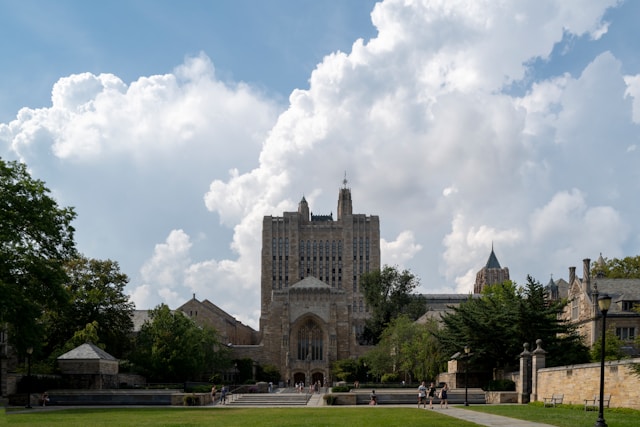Connecticut’s food assistance program could soon face a major budget headache. New federal funding cuts are lining up to drive the state’s costs way up.
A fresh analysis from Governor Ned Lamont’s administration warns that changes in the controversial “One Big Beautiful Bill Act” could tack on nearly $180 million in yearly state expenses to the Supplemental Nutrition Assistance Program (SNAP) within five years. Most of these changes won’t fully hit Connecticut until after 2026, and some not until 2028 or later.
Explore top-rated stays with no booking fees and instant confirmation. Your dream trip starts here!
Start Exploring Now
The state’s already bracing for a financial blow that could ripple from Hartford to Bridgeport.
Federal Cuts Trigger Rising Costs for Connecticut
SNAP currently helps more than 391,000 residents in Connecticut. Each year, benefits total around $894 million.
This program reaches families in cities like New Haven, Stamford, Waterbury, and smaller towns such as Putnam and Old Saybrook. The state’s budget office says recent federal changes from the July legislation will shift significant costs from Washington to Connecticut taxpayers.
Medicaid Cuts Overshadow SNAP — For Now
The biggest budget hit still falls on Medicaid, which delivers nearly $7 billion a year to Connecticut. SNAP, though, is already feeling the strain of what officials call the most sweeping federal rollback of nutrition assistance rules in years.
The worry isn’t just about today’s costs, but the sharp increases coming soon.
Projected SNAP Cost Increases by 2029
The Lamont administration’s analysis lays out three major financial impacts tied to SNAP. These projections show how fast the state’s burden could grow:
- Up to $130 million annually in lost federal benefits by 2029 or 2030, thanks to stricter rules penalizing states with higher-than-average “error rates” in SNAP administration.
- An extra $43 million annually by 2027, since Washington’s reducing its share of administrative expenses for the program.
- Loss of $4.6 million annually from ending a federal grant that supported obesity prevention programs tied to SNAP.
Complex Rollout Timeline
Many of these changes roll out in phases. Some started in 2024, but the pricier provisions won’t hit until after the November 2026 elections.
Others have start dates in 2028 or even later. State and local leaders from Norwich to Danbury have only a short window to plan — or maybe try to push back politically.
State Officials Brace for Budget Decisions
Governor Lamont’s budget director, Jeffrey Beckham, stressed that many parts of the federal bill still need formal guidance from Washington before Connecticut can figure out the full damage. State lawmakers are likely to hold a special legislative session this fall.
Potential State Funding Response
Democratic leaders in the General Assembly are already hinting they might dedicate hundreds of millions in state funds to fill the gap. Their main concern is protecting vulnerable residents who could lose access to healthy food without quick action.
This debate will probably be a big deal not just in Hartford, but in city halls from New Britain to Meriden.
What’s at Stake for Connecticut Families
The stakes are high for Connecticut communities. For many low-income households, SNAP is the difference between food insecurity and a stable, healthy diet.
Local grocers, food pantries, and community groups in cities like Stamford and Waterbury also rely on this federal funding to keep their doors open. If the projected cuts become reality, we could see tighter eligibility, reduced coverage, or benefit delays — all of which would hit vulnerable neighborhoods hard.
Looking Ahead
Connecticut faces some tough budget choices in the months ahead. Lawmakers and residents both feel the pressure as debates heat up over priorities, taxes, and the future of safety net programs.
The financial impact of the “One Big Beautiful Bill Act” is starting to come into focus. People are watching, maybe even holding their breath a bit, to see how these federal cuts will ripple through policy decisions from 2024 and beyond.
Whether you’re in the heart of Hartford or New Haven, or out in the quieter corners of eastern Connecticut, the big question doesn’t really change. How will the state protect access to nutrition for hundreds of thousands, especially now that federal support is fading?
—
Would you like me to also draft a **SEO-friendly meta description** and **target keyword list** for this article so it performs better in search rankings? That could boost traffic for local news readers.
Here is the source article for this story: CT could see major boost in spending on food stamps. Here’s why.
Find available hotels and vacation homes instantly. No fees, best rates guaranteed!
Check Availability Now








